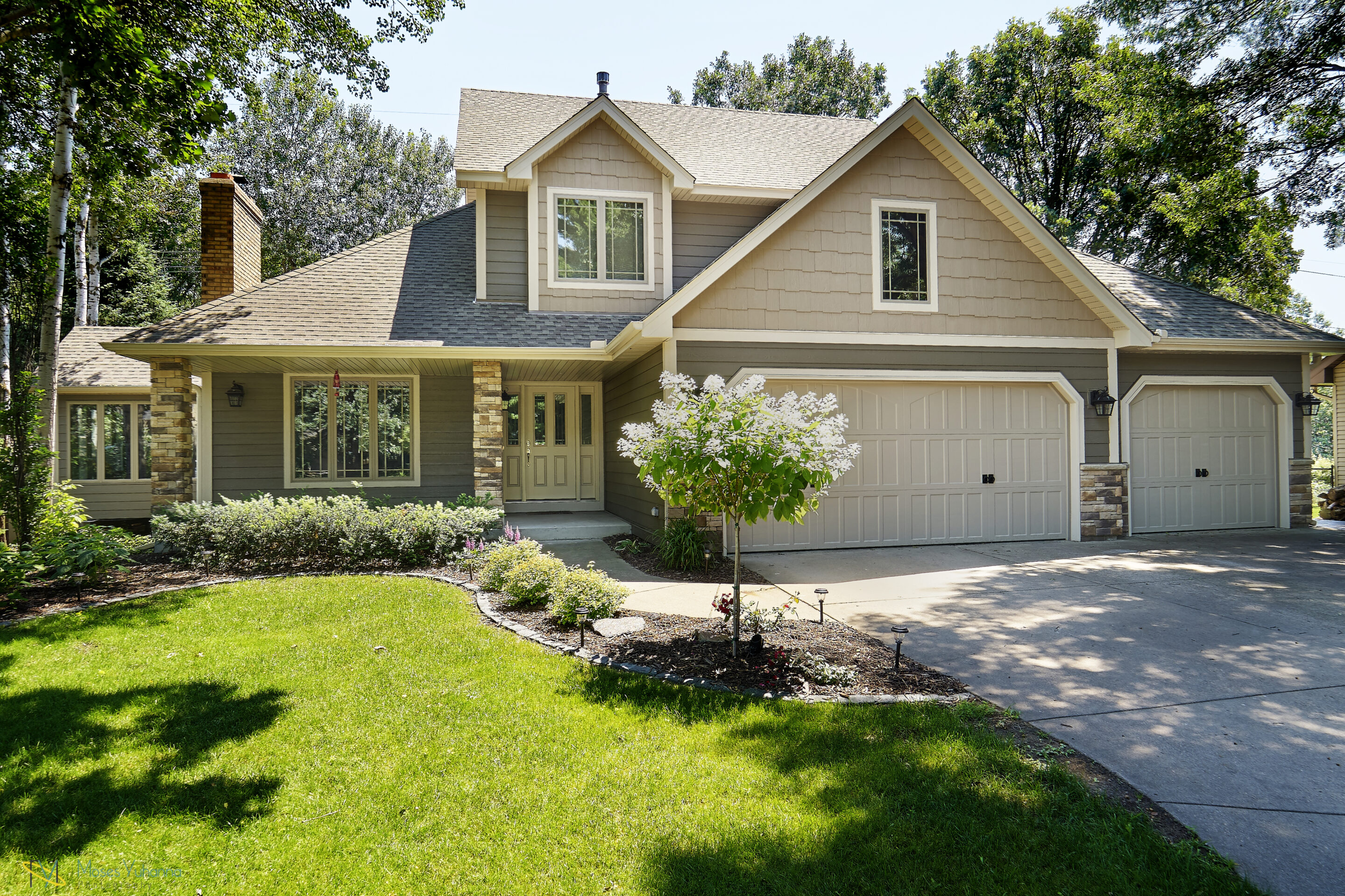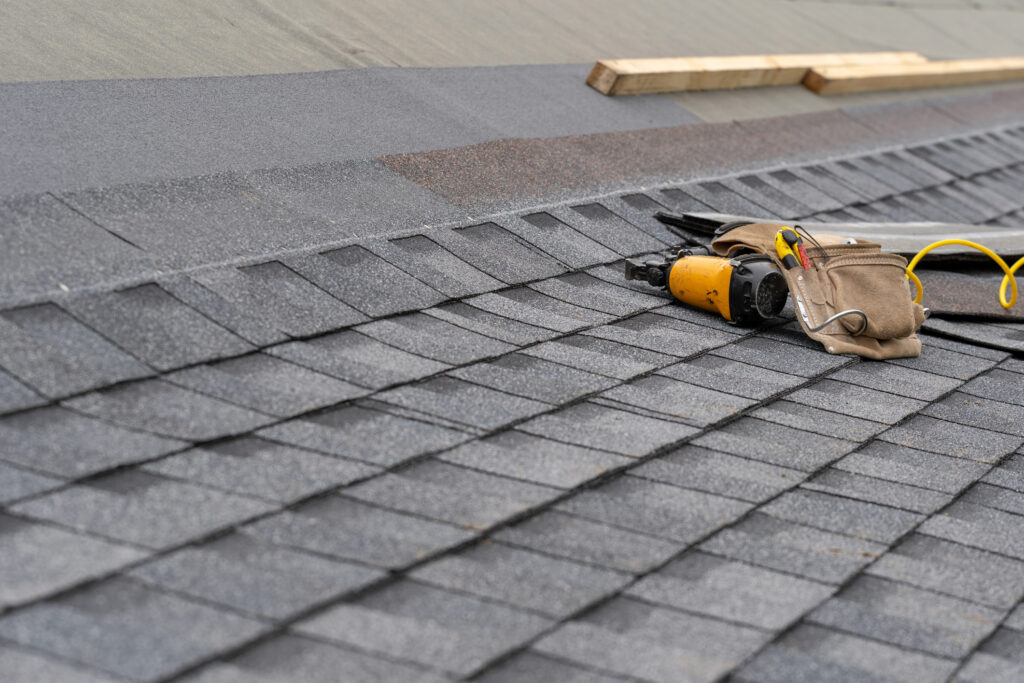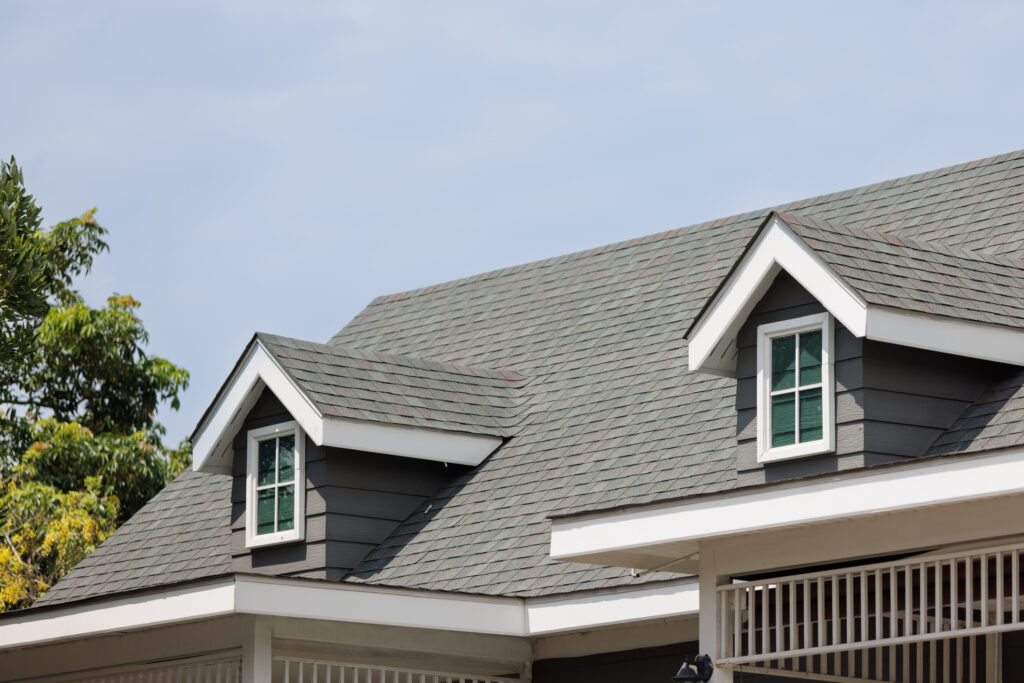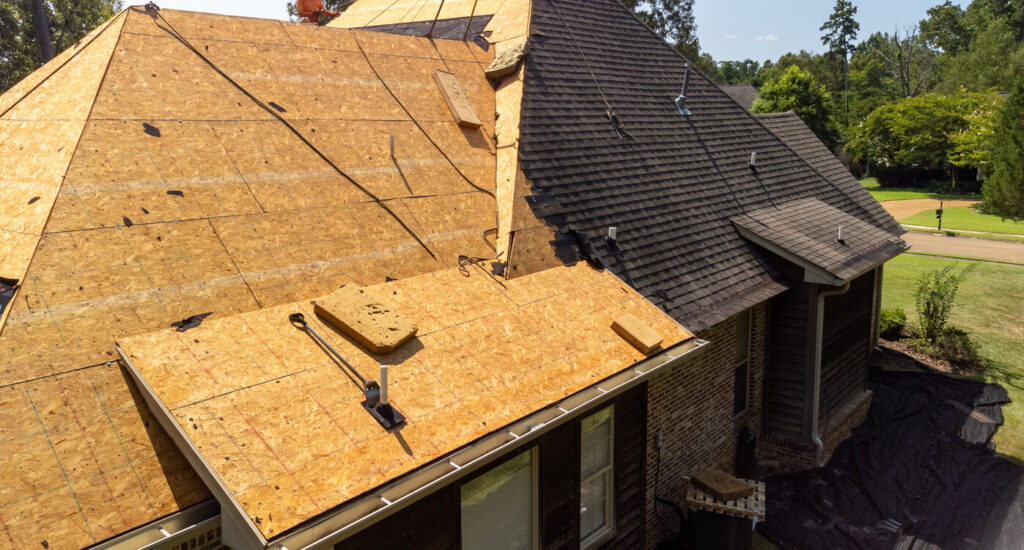A roof is one of the most critical parts of a home, protecting it from the elements and keeping you safe and comfortable. But no roof lasts forever. If you’re wondering how long roofs last, the answer depends on the type of material, climate, and maintenance routine.
The typical life of a roof can range anywhere from 15 years for standard asphalt shingles to over 100 years for slate roofing. In this guide, we’ll break down the average roof life for different materials, explore what impacts roof lifespan, and help you recognize the warning signs that indicate your roof may need replacing. Whether you’re considering a new roof or wondering if your current one is nearing the end of its life, this article will provide everything you need to make an informed decision.
With over 87 years of experience, trust the experts at Rusco for all your roofing needs.
How Long Does a Roof Last?
The roof lifespan varies based on material, environmental conditions, and upkeep. While some roofs last between 20 to 30 years like for an asphalt shingle roof, others can remain strong for over a century. But no matter the material, environmental factors like sun exposure, moisture, and storm events can accelerate wear and tear, reducing roof longevity. That’s why it’s important to check for routine maintenance, repair issues quickly, and seek professional inspections when you notice bigger issues or experience severe weather.
Average Roof Lifespan By Material
The lifespan of a roof depends largely on the type of roofing materials used. Some materials, like asphalt shingles, offer affordability but require replacement sooner. Alternatively, materials such as slate, can last well over a century.
Understanding the typical roof life of different materials helps you make informed decisions about roof installation and replacement options. Below, we break down each roofs lifetime expectancy based on the most common roofing materials and what factors contribute to their durability.
Asphalt Shingles: 15-30 years
Because they are the most common, you may wonder how long do shingle roofs last. Asphalt shingles are affordable and effective which is why they are such a popular choice. The asphalt shingles lifespan varies depending on quality, weather conditions, and maintenance. While traditional three-tab shingles last around 15-20 years, architectural shingles tend to last up to 30 years.
Wood Shingles or Shakes: 20-40 years
Wood roofs create a beautiful and rustic look but require more upkeep to maintain their longevity. Typically, cedar and redwood shingles are used which have a roof life expectancy of about 20-40 years. However, with wood shingles or wood shake roofs, moisture and pests can be a bigger challenge which will reduce the roofs lifespan.
Metal Roofing: 40-70 years
Metal roofs are often chosen because they are durable, strong, and energy efficient. These types of roofs are often available in steel, aluminum, and copper. These roofs are resistant to harsh weather, fire, and keep pests and mold at bay which makes them a strong long-term investment. Metal roofs even help absorb sunlight which can keep your home more comfortable while lowering your energy bill.
Clay Tile and Concrete Tiles: 50-100 years
Popular in warm climates, clay tile roofs and concrete tile roofs have an average lifespan of 50-100 years. These roof options come in a wide range of styles and colors to choose from. Using clay or concrete also makes these roofs fire resistant and low maintenance. However, because of their weight, your home needs a strong foundation.
Slate Roofing: 75-150 years
Slate is one of the longest-lasting materials available, with a typical roof life spanning 75-150 years. This type of roof is made from the thin, natural stone and cut into tiles to cover your roof. Because this material is heavier and requires more precision to install, it can be more expensive. However, for unmatched durability, it’s a great choice for any homeowner.
Architectural Shingles: 30-50 years
Architectural shingles are thicker made with more layers of asphalt, fiberglass, and other granules compared to traditional asphalt shingles which only have a single layer. This design makes architectural shingles more durable against harsh weather conditions, and improves its longevity. The shingle roof lifespan for this upgraded style ranges from 30-50 years.
Learn about each type of shingle and how to choose the best option for your roofing project from Rusco.
Factors That Effect Roof Longevity
While material plays a significant role in life expectancy of a roof, other factors impact how long a roof will last. Climate, maintenance routines, and even roof color can either extend or shorten its lifespan. A well-installed roof with proper ventilation and high-quality underlayment can last much longer than one exposed to extreme weather without regular care. Below, we explore the key factors that influence roof longevity.
Roof Color
As your roof absorbs heat, this can wear down materials by causing them to expand and contract which leads to faster deterioration. This is particularly true for dark-colored roofs in warmer climates that absorb more sunlight. In contrast, lighter-colored roofs reduce heat build up to keep your roof and home cooler.
Underlayment
Investing in a durable underlayment is key to ensuring the longevity of your roofing system. Underlayment is the protective layer between the roof deck and shingles that can be made from foam, cork, rubber, felt, or other fibers. High-quality underlayment acts as a barrier to prevent roof leaks, reduce the risk of mold growth, and provide an extra layer of insulation against extreme weather conditions. A poor-quality or improperly installed underlayment can lead to water damage, which accelerates shingle deterioration and shortens the average roof life.
Climate and Weather Conditions
A roof’s lifespan is heavily influenced by the climate and exposure to harsh weather conditions. Constant exposure to heavy rain, snow, hail, or strong winds can weaken roofing materials and cause gradual deterioration. Even extreme storms can lead to significant roof damage.
In colder climates, freeze-thaw cycles can create ice dams, leading to water damage beneath shingles. Alternatively, warmer regions with high humidity can promote mold growth or wood rot.
Ventilation and Insulation
Without adequate ventilation, heat and moisture can become trapped in the attic, leading to mold growth, wood rot, and cause shingles to deteriorate faster. Poor insulation can also cause uneven temperatures that lead to ice dams in colder climates or excessive heat buildup in warmer ones. These issues put extra stress on roofing materials, reducing the roof life expectancy.
Installation Workmanship
The quality of a roof’s installation can determine how long it will last. Even the most durable roofing materials won’t reach their full lifespan if they’re not installed correctly. Poor workmanship can lead to improper shingle placement, inadequate sealing, or structural weaknesses that make the roof more vulnerable to leaks and wind damage. Ensure the job is done correctly by hiring a licensed and experienced roofing contractor, like Rusco, to maximize roof longevity and minimizing the risk of early failure.
Material Quality
The quality of roofing materials directly impacts roof life expectancy. Higher-grade materials are designed to withstand harsh weather conditions, resist damage, and last longer than budget-friendly alternatives. For example, asphalt roof lifespan can vary significantly depending on whether they are standard three-tab shingles or more durable architectural shingles. Choosing premium materials may require a higher upfront investment, but it ultimately pays off by reducing long-term maintenance and replacement costs.
Maintenance Routine
Regular maintenance is essential for extending the lifespan of a roof and preventing small issues from turning into costly repairs. Homeowners should schedule an annual inspection of their roof to check for missing, cracked, or curling shingles, as well as any signs of leaks or damage. Be sure to regularly clean gutters, remove debris, and trim overhanging branches to prevent structural damage and water build up.
Roof Slope
A roof’s pitch or slope affects its ability to shed water, snow, and debris. Steeper roofs allow water to drain quickly, reducing the risk of standing water that can lead to leaks, mold, and material deterioration. Flat or low-slope roofs are more prone to water pooling, which increases the likelihood of leaks and shortens the average lifespan of a roof. Proper drainage systems, including well-placed gutters and downspouts, are crucial for ensuring water flows off the roof efficiently.
Still not sure your roof needs to be replaced? Learn the difference between roof repair and replacement and contact Rusco today.
Warning Signs Your Roof May Need Replacement
Even the most durable roofs don’t last forever. As mentioned, over time, exposure to the elements and natural wear and tear will take their toll. Knowing when to replace your roof is essential for preventing costly water damage and bigger structural issues. If you’re unsure whether your roof is nearing the end of its roof lifespan, here are the most common warning signs to look for.
- Missing, curling, or cracked shingles: Exposed roof areas make your home vulnerable to water damage.
- Leaks or water stains on ceilings: Persistent leaks can be a signal that your underlayment is compromised.
- Excessive granule loss in gutters: Asphalt shingles shed granules over time, which can indicate wear depending on how often you find them.
- Sagging roof or structural damage: A sagging roof is a clear sign that there are underlying issues that need immediate attention.
Learn more about the 10 common signs it’s time for a roof replacement.
How to Extend the Lifespan of Your Roof
A well-maintained roof can last years longer than expected. Taking proactive steps like scheduling regular inspections and addressing minor damage early, helps prevent premature aging and costly repairs. Whether your roof is brand new or nearing the end of its typical roof life, these maintenance tips will help you get the most out of your investment.
- Schedule Regular Maintenance: Annual inspections catch minor issues before they become serious problems.
- Clean Gutters: Clogged gutters lead to water buildup which can weaken roofing materials.
- Trim Overhanging Branches: Falling branches can cause damage and accelerate shingle deterioration.
- Quickly Address Small Leaks and Damage: Prompt repairs prevent structural weakening and mold growth.
- Ensure Proper Attic Ventilation: Good airflow reduces moisture buildup and prevents temperature extremes.
With Over 87 Years of Experience, Trust Rusco For Your Roof Installation and Replacement
Choosing the right roofing contractor is just as important as selecting quality materials. With over 85 years of experience, Rusco is a trusted roofing company that provides expert roofing solutions to the greater Chicago area. Our team ensures proper installation, helping homeowners protect their investment and enjoy a worry-free roof lifespan.
Whether you’re considering a roof replacement, or deciding on materials for a new build, contact Rusco today to request a free quote and explore your options for a long-lasting, high-quality roof.




